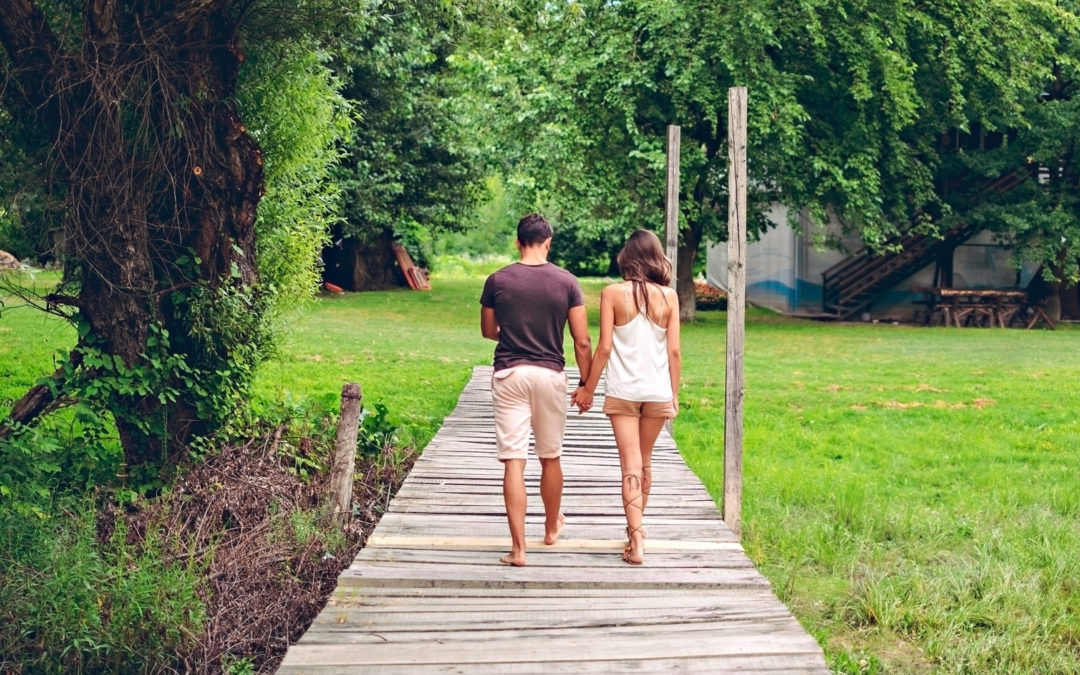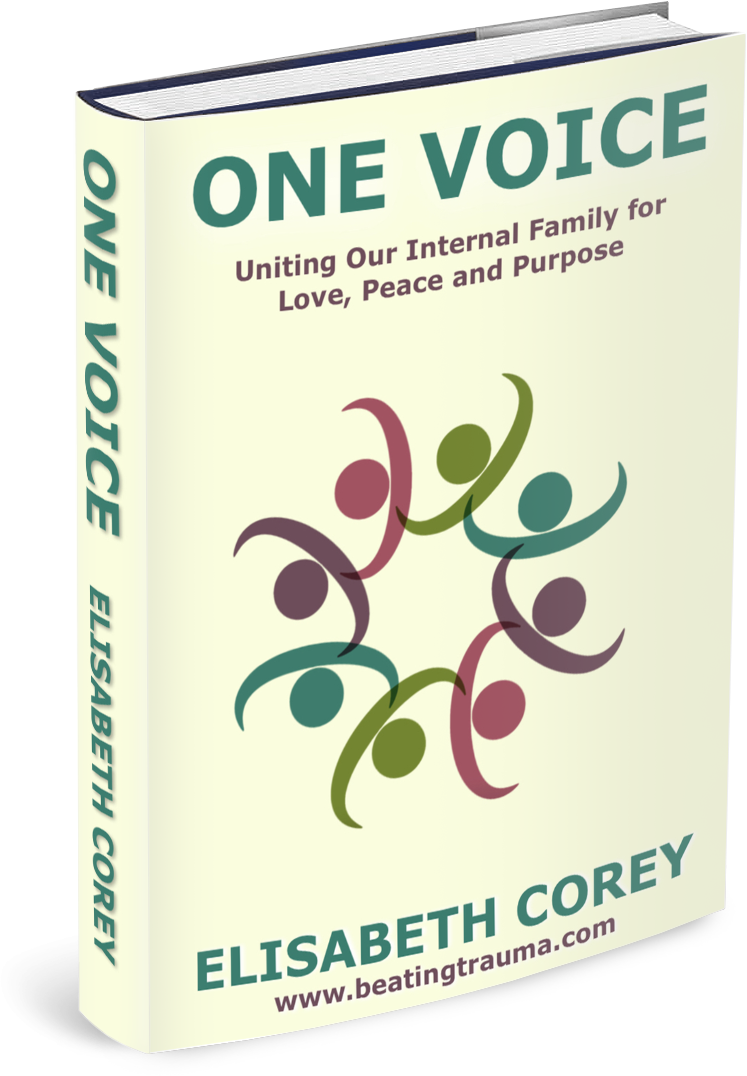Relationships after trauma can feel like a mine field. There is no telling where the next explosion will come from. And our emotional responses to relationship patterns can be so intense, it feels impossible to unravel. But we keep going back to relationships. That makes sense. We are social beings. We are meant to be in relationship with others. We are meant to love and be loved. Without relationship, we are lonely. And that loneliness builds as life progresses without real connection. The heart breaks through isolation too.
While this may be the most obvious drive toward relationship, it isn’t the only one. There are plenty of ungrounded reasons we move toward relationship before we are healed. First, the healing community pushes us towards relationship. How many times have you heard that we can only heal in relationship? I have heard it often in my journey. With that constant message, our deep desire to heal will keep pushing us into relationship. But there is another reason we continuously move toward relationship. We want someone to take away our pain. The translation to the ungrounded internal and external messages becomes: “When I find the right person, they will heal me.” In the end, this is a recipe for relationship disaster, but we don’t know it.
In reality, relationships aren’t always the right step in our healing path. When we grow up with complex trauma, we grow up with relational trauma. And if we experience enough relational trauma, the unconscious is overflowing with beliefs about relationship. As you might imagine, these beliefs are not the good kind. And they will unfortunately lead us into traumatic relational patterns whether we know it or not. Many times, we don’t know it. With these patterns living outside our awareness, relationships will not help us heal. We will move into our dissociative patterns and act from our unconscious parts. Only when the relationship begins to fall apart will we notice what happened. This could be enough to push us toward healing, but it can push us toward shutting down instead. It comes with a heavy emotional price, and retraumatization is extremely common.
What can we do to bring in better relational patterns? How can we break through the unconscious cycle to begin using relationships to heal? Let’s look at three ways we can bring more discernment to relational healing.
We need to demote others from savior to mirror. After complex trauma, we all have young parts who are looking for a savior. They have been unable to feel their pain because of strong defenses so they need someone to break the cycle for us. They need help and our internal system has made it clear that “self” is not going to provide it. But when we begin to heal our trauma, we can open up to another way of seeing things. We can make “saving” an inside job. And we can start to use others as mirrors. How? We can watch our interactions with others for signs of our patterns and what we need to heal. The more triggered we are, the more the pattern is familiar.
We must bring awareness to our patterns. This is much easier said than done. But as we connect with our unconscious, we will become more informed about how it is manifesting. Once we understand our patterns, we will be able to set boundaries (or put up walls) with the people around us. This will help us to break the patterns and move out of the relational traumas we have been inundated with. If we don’t bring awareness to our patterns, we will repeat them without knowing it. And this is when relationships are less likely to help in our healing.
We need to find balance in how we heal in relationship. As I mentioned earlier, there is a huge difference between a relationship where we dissociate into our old patterns and a relationship where we are aware of patterns but making changes. To get to the latter, we need to heal enough in isolation to be able to listen and trust self when something isn’t right. Traumatic childhoods create blind spots. Those blind spots exist because we learned to tell ourselves a story to cope with our inescapable trauma. Those stories might say it is our fault or it wasn’t that bad. When we heal in isolation before trying out a relationship, we find our blind spots so they won’t catch us off guard. Using isolation and relationship in a balanced way can help us heal on a deep level.
I recently had a relationship pattern play out in my adult life. It was a betrayal and it really stung. It was so blatant that I have even laughed about the ridiculous nature of it. It was NOT subtle. But I guess I was a little obtuse. My little love seeker wanted my patterns to be over. But as I look back at the behaviors, it wasn’t surprising. There were signs. I saw them. I even took some precautions to protect myself more recently. It still sucks though. There is a part of me who is wondering if my relationships will ever be “okay”. Will the patterns ever end? When will the trauma stop impacting me once and for all? But I also know this one didn’t impact me the way they used to. I see so much more than I did. I trust myself more. I listen to myself more. And you better believe there won’t be a second betrayal. So don’t give up. Keep working on that balance. And join us in March in Survivor’s Guide for Life as we explore how to break trauma patterns through relationships.



Thanks for a really good article!
What really hit home was this: “And we can start to use others as mirrors. ” Its true, that the people surrounding us are our mirrors if we allow it. But one thing which is even more important, in my opinion, when untangling from trauma, is the notion of how acutely aware of other peoples projections you become when doing this…
My god how people in dysfunctional surroundings project! (and in general too) That can certainly make healing more complicated. The discernment of who should be allowed to be a mirror is difficult but important to evaluate.
Yes. Projection is a huge part of relationship. We always see people as we are.
I needed to read this this morning. Breaking through trauma patterns can indeed be so lonely, but the only way to really find out and heal before meeting new people / relationships. And on the other hand I’m not sure that I ever have normal relationships again. When will the trauma stops impacting me? I’m not alone when thinking that thought. Thank you for that
You are not alone. We are all with you on that thought. The trauma impact is so pervasive when it comes to relationships.